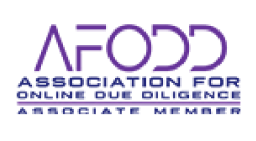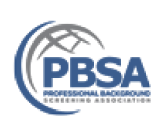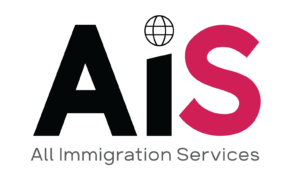With economies around the world gradually easing restrictions and workplaces showing signs of resuming operations, HR leaders will play a big role in setting their organisation’s return-to-workplace strategy. The leader of HR role is to advocate employee’s health and safety. This is not just about safeguarding against COVID-19, but also the challenges of mental health, stress and anxiety.
Here are 5 steps to ensure the return to work experience, stress and anxiety it may create, is managed as effectively as possible:
Be clear about the safety measures
The number one priority in returning to the physical workplace must be employee’s safety. HR and business leaders must ensure communications are detailed so that employees feel safe about returning to work. If people feel like their leaders have their physical safety as their highest priority, you will reduce any anxiety around returning to work. Safeguards such as masks, hand sanitiser, temperature screenings and social distancing are given, as well as thorough cleaning for buildings and facilities but employees could equally be at risk when they commute, eat lunch or meet clients. Leaders must anticipate these risks, respond proactively and have an open communication plan to address them ahead of time; being detailed with communications will reduce stress and anxiety.
Acknowledge the non-work stress on employees
For every employee, there is a different lived experience of life during the COVID-19 pandemic. Some may have found working from home and enhanced their productivity, some may not have coped well with social isolation and mental health, while others may have struggled to get work done when faced with the demands of young children or less-than-ideal home office setups. On returning to work, employees may still find it hard to commute, secure childcare and manage the continued disruptions in their daily lives. These stresses will hurt productivity. Learn from the way personal and work lives have blurred during the pandemic. Invite employees to share specifics of their situation and equip managers to respond. Employee’s productivity will bounce back, and by demonstrating empathy towards employees, loyalty is fostered in the long term.
Stagger the return to work and be flexible
When deciding who will return to work and when, HR and business leaders must consider a range of factors, from government guidance to the nature of work, to employee’s preferences. In Hong Kong’s banking sector, for example, firms have staged a gradual return to the workplace. In the first week after restrictions eased, Citigroup initially had 25 per cent of its people back in their offices, and then almost a third went back the week after. The firm has plans to increase further the number of staff returning in coming weeks. Depending on your business, it may be appropriate to sequence the return by segment. Some organisations already formed employee segmentation according to their roles, activities and skill sets — and their ability to work remotely. Sequence the return accordingly — but be flexible to employee’s needs. Flexible, well-informed guidelines rather than rigid mandates will ease the stress on employees.
Maintain frequent two-way communication
It goes without saying that in a time of unprecedented uncertainty, HR and business leaders must be on the front foot with communications. Leverage all regular top-down communication channels such as town halls, emails, and the intranet to communicate proactively and frequently with employees about return-to-workplace plans and the reasoning behind them. It is also essential, however, to listen to employees. Make sure opportunities are created for regular manager-employee one-on-ones to allow employees to express concerns freely. Most people will be coming out of the most prolonged period of social isolation in their lives, and mentally they will be worse off for it. Often the process of having a channel available for one-to-one communication alleviates stress and anxiety that people may be experiencing.
Offer wellness and mental health support
Managing stress, anxiety, and other mental health was a significant issue for society before the pandemic, now in a COVID-affected world, it is even more of an issue. Ensure your organisation is doing its part to assist employees in managing their mental wellbeing by offering access to resources like online seminars or workshops. Depending on the organisation, well being support measures may include mental health coaching or personal and professional guidance. Employers should train every manager to help their direct reports adapt to this new normal of working from home.
In conclusion, the challenge of returning to work is as much about ensuring the appropriate support mechanisms are in place and are clearly, and consistently communicated to employees. HR and business leaders must adopt a proactive, compassionate approach to setting their organisation’s return-to-workplace strategy.







